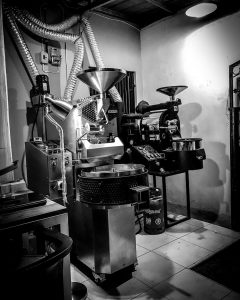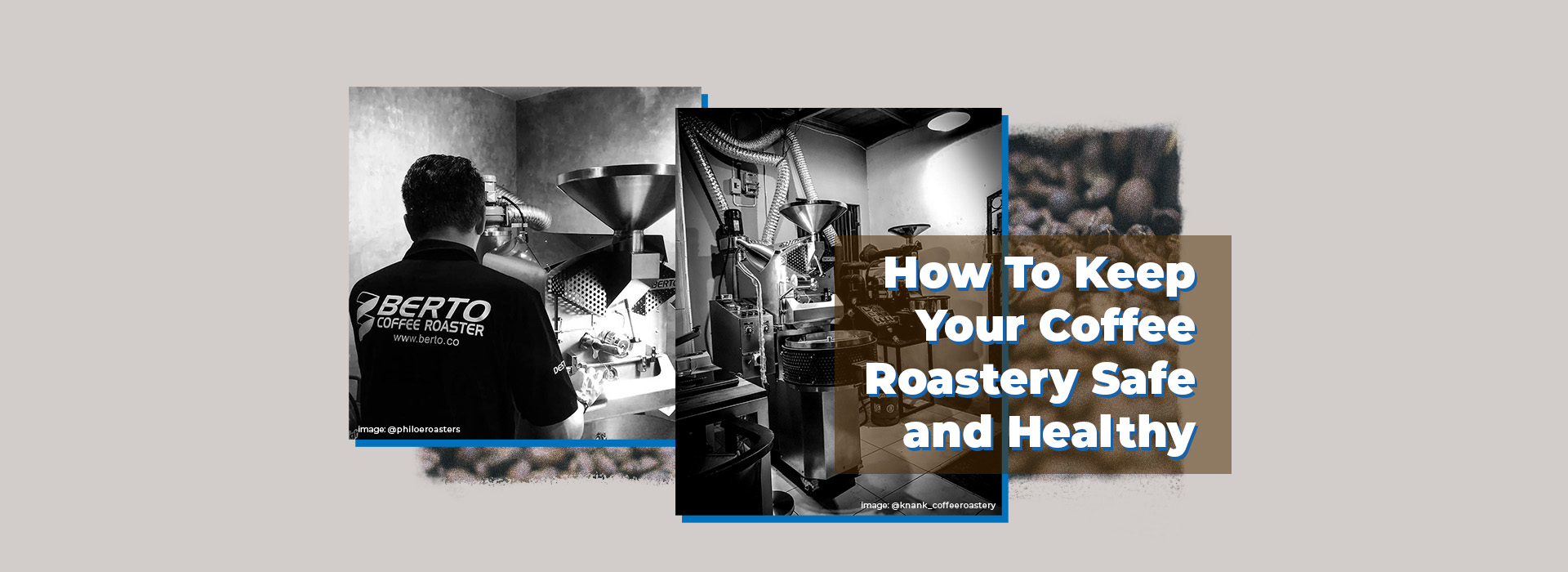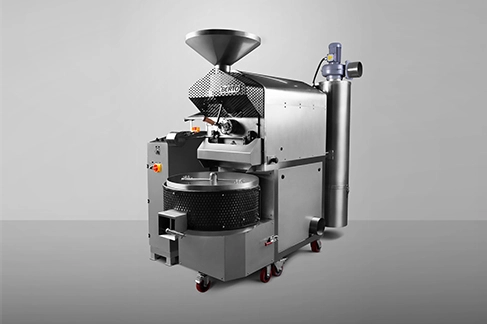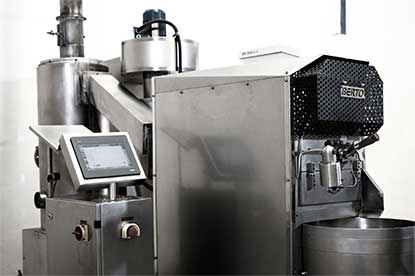How To Keep Your Coffee Roastery Safe and Healthy
The actual work of roasting coffee is a physically demanding job, from pre-production, roasting, to packaging and storing the roasted coffee beans. It often involves long hours, handling heavy equipment, and dealing with high temperatures. Coffee roasters face potential hazards and risks of injuries each day, so it is important for workers in a coffee roastery to understand the risks in coffee roasting and what we can do to avoid them. Here we share some tips about how to keep your coffee roastery safe and healthy.
Potential Work Hazards In A Coffee Roastery
Below are examples of potential work-related problems that can happen in a coffee roastery:
- Burns from handling hot equipment and hot coffee beans
- Tripping and falling from lifting and moving heavy sacks of green coffee beans
- Repetitive strain injuries from performing the same daily tasks, such as “Barista Wrist” from tamping
- Exposure to coffee dust, carbon monoxide, and volatile organic compounds that may lead to respiratory diseases such as bronchiolitis obliterans, sometimes referred to as obstructive lung disease or “popcorn lung”
- Allergy or sensitivity to green coffee beans due to daily exposure
Micro roasters may face a greater risk of work-related hazards, particularly if they operate in a small space with insufficient air flow, ventilation or proper infrastructure. With the ever-growing number of micro roasters in the past few years, it is even more imperative for people in the coffee industry to be aware of these risks and do everything to avoid them.
Safety Areas To Focus On
There are a number of things we can do to mitigate the risks of work injuries in a coffee roastery. Firstly, we need to identify the areas of focus for health and safety:
- Personal safety: keep the workforce safe from injury or harm
- Sales area safety: keep the products and the consumers safe from the risk of injury, harm, or illness
- Equipment safety: keep the equipment clean, well-maintained, and operate safely.
- Roasting area safety: keep your facility clean, safe from hazards, and compliant with the law
With good logical thinking and sound operational protocols in place, we can minimize most, if not all, potential issues in these areas of safety. Every coffee roastery should always focus in these areas to protect their employees, their customers, their products and their coffee business.

Source: Instagram @knank_coffeeroastery
Keeping Your Coffee Roastery Safe and Healthy
Every coffee roastery should aim to reduce risks and create a safe and healthy work environment. Here are some tips to maintain the health and safety in your coffee roastery:
1. Choose the right equipments
Make sure you choose the right coffee roaster machine for your business, and install it properly with all the required safety equipment such as sufficient ventilation and dust monitoring tools. Berto roaster machine comes with a wide range of safety features that makes work easier and safer, such as gas leak detector, low pressure alarm, flame failure detector and a safe shut down feature.
It is also very important to schedule regular maintenance work to keep the equipment in clean and good working condition.
2. Design your space with a focus on health and safety
When setting up your coffee roastery, you should plan to make an efficient roastery with the most optimal workflow and safety in mind. Applying good logic to the design layout of your facility will help you in determining what you need to do to make a safe and healthy coffee roasting facility. Also, you need to familiarize yourself with local safety regulations for your business and make sure your establishment is up to code.
A good roastery should also provide basic safety equipment for the staff, such as:
- First-aid kits
- Fire extinguisher
- Gloves and dust masks
3. Train the staff about health and safety
Each staff member should really understand how the equipment and safety devices work, and develop a habit of wearing safety gear such as masks and gloves while working. Conduct regular safety training sessions for staff members, with topics ranging from roaster machine knowledge sharing, how to administer first aid help like treating a burn or an allergy, how to extinguish a fire, and many more.
Roasting coffee may carry potential risks of work hazards, but with careful planning and logical thinking we can minimize those risks. It is important that all team members are aware of those risks and know what to do to keep themselves and other people safe. By keeping the facility and the staff healthy and safe, roasting coffee can continue to be a rewarding experience.






